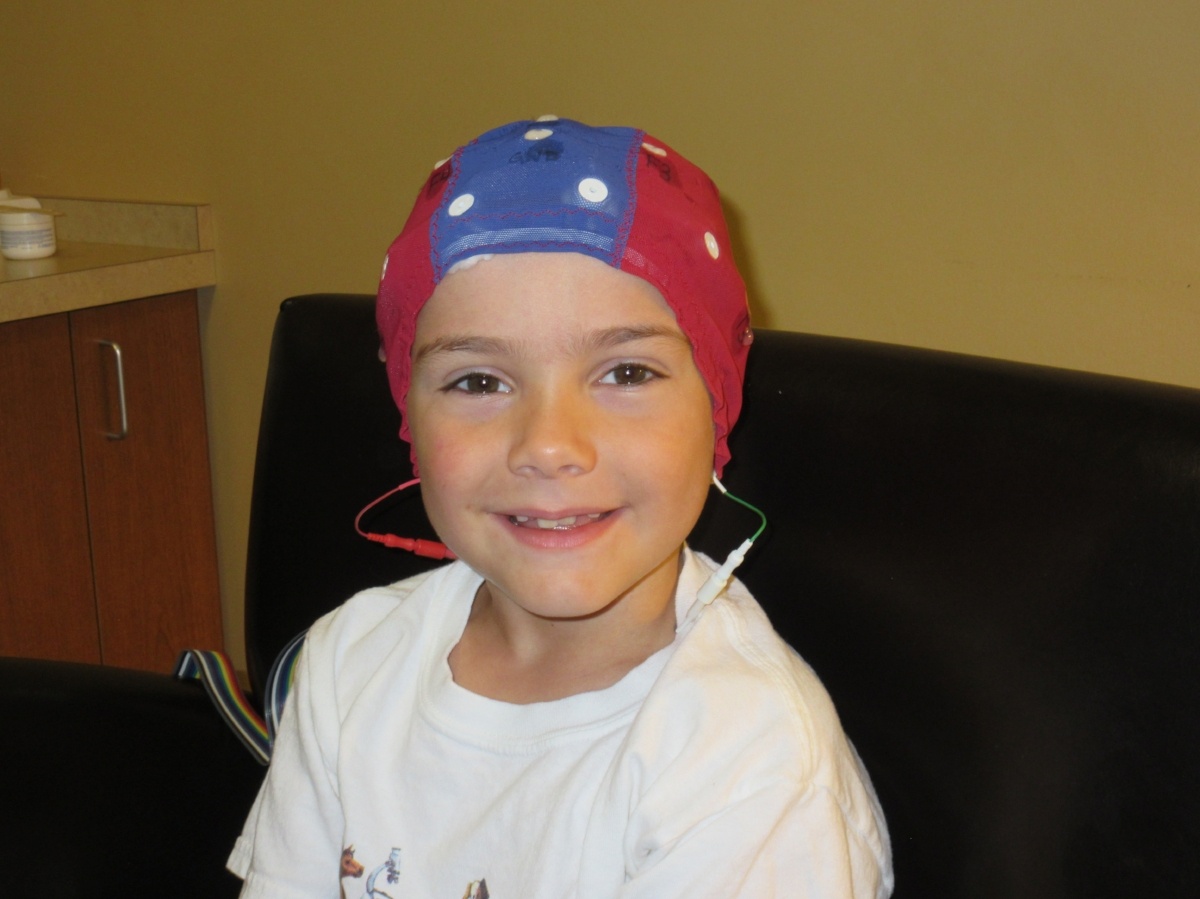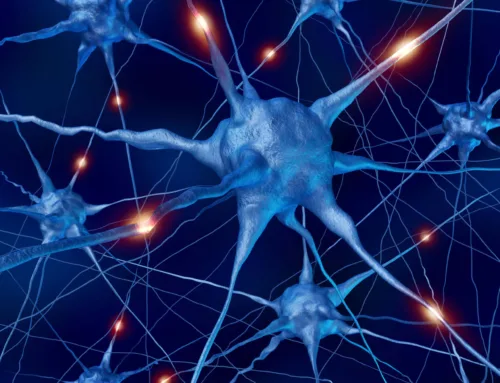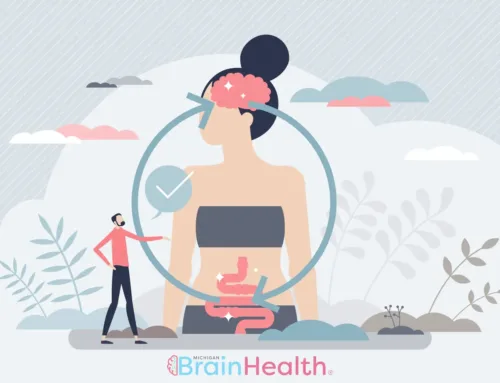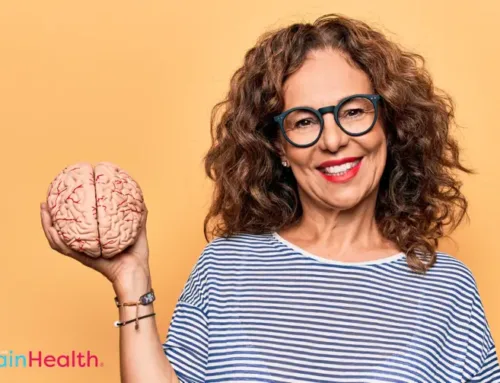ADHD can be very stressful for families and for teachers. Although many of those diagnosed with ADHD are highly intelligent, parents worry whether or not their child will be able to cope successfully with future jobs and family life. A parent’s worse nightmare might be having their ADHD child living at home with them in their 30’s, not being able to hold onto a good job or vocation.
One sobering statistic is a diagnosis of ADD or ADHD are the number one reason children are medicated in the United States. The children of the United States consume three times the quantity of stimulants consumed by the rest of the world’s children combined.
As of 2016, 6.1 million or 9.4% of kids in America carry an ADHD diagnosis according to a national 2016 parent survey. On May 16, 2013, a CDC report was released that describes, for the first time, federal activities that track U.S. children’s mental disorders. The following are key findings from this report about mental disorders among children aged 3–17 years [1]:
- Millions of American children live with depression, anxiety, ADHD, autism spectrum disorders, Tourette syndrome, or a host of other mental health issues.
- ADHD was the most prevalent current diagnosis among children aged 3–17 years.
The Centers for Disease Control and Prevention (CDC) show a greater percentage of Michigan children are considered to have ADHD according to their parents. [2]
With a diagnosis of ADHD, there are often a lot of misunderstandings. Some say it is not real. Some say it is due to parenting. Some say teachers aren’t handling the kids appropriately. Evidence points to ADHD being very real and being a result of imbalances in the brain’s chemistry and neuronal (electrical) integrity. The good news is there is hope…and it doesn’t have to be medications!
With ADHD there tend to be imbalances in the way the brain is firing. When certain areas of the brain fail to develop as quickly or efficiently as other areas it can result in a neurological imbalance that can lead to many of the trademark symptoms of ADHD like inattentiveness, impulsivity, hyperactivity, etc. For example, the pre-frontal cortex of the brain plays a vital role in regulating focus. If the frontal lobe is not as strong as it should be it often results in ADHD-like symptoms.
The good news is the brain can be changed (exercised and strengthened) like a muscle. It also can be fed the special nutrients it needs to function at its peak. Read on for more details on what action steps you can take to get help for you or your child’s ADHD without resorting to medication.
Albert Einstein eloquently stated the following regarding problem-solving, “The world we’ve created is the result of the thinking we’ve done thus far and it produces problems, the solution to which does not exist at the same level of thinking.”
When it comes to effective management of ADD and ADHD in children and adults, having the facts about various options to solve the underlying causative factors is paramount.
When you consider that all medications carry the risk of side effects, which at worst, can be fatal and can lead to addiction or abuse, doesn’t it make sense to explore the highly viable neurofeedback option for your child or yourself? Read on for some eye-opening facts and statistics.
Sobering Statistics:
- It is believed that over 50% of children diagnosed with ADD meet diagnostic criteria for other psychiatric disorders such as mood, anxiety, substance abuse, learning disorders, or behavior disorders (Gartner et al., 1997; Gzaziuddin et al., 1998; Gralton et al., 1998; Bonde, 2000; Dykens, 2000; Kadesjo and Gillberg, 2000).
- A large portion of those with ADHD will be arrested for felonies.
- The University of Southern California researchers found that kids with low arousal (low beta brain wave magnitude) had a greater chance of becoming delinquents.
- One of my colleagues, who lectures in the United States on his expertise in neurofeedback, recently stated a medical doctor he knows, who works in the jail system in Georgia, made the following observations:
- The majority of inmates’ first diagnosis was ADD/ADHD.
- Many of the cases were treated improperly or not treated at all.
- By helping these kids and adults we change their path in life.
- Adults with ADD are more likely to develop depression.
- 70-90% of children with ADHD continue to experience significant problems in adulthood.
- A National Institutes of Health (NIH) panel concluded ADD poses “a costly and major public health threat.” [3]
Okay, so we know ADD and ADHD are undesirable and we want to get help without dangerous medications, so what can be done?
The Non-Drug ADD and ADHD Success Equation [5 Strategies for Success]
Get a thorough neurological examination to determine if there are imbalances in the way the brain is firing.

Extinguish any persistent primitive reflexes.
The nervous system develops in sequential order. First, we are born with a set of primitive reflexes that help ensure our survival. Babies inherently know how to breastfeed or swallow for instance. We are sensory beings. We are dependent and develop by receiving input to our central nervous system through our senses (sight, smell, taste, hearing, touch, proprioception). Without sensory input, the brain would have no output and would not operate properly. Just consider babies that are left alone without being touched. What happens to those children? As the central nervous system develops, the primitive reflexes are suppressed by 6-12 months of age allowing the vestibular system to develop so we can learn how to balance, while we are learning how to independently move our limbs/eyes/head. This sets the stage for more advanced movements such as upright posture and walking. Finally, all of this central nervous system (CNS) activity allows for the development of an improved cognitive function. If this order is hampered in any way, then we have a hard time continuing along the neurodevelopmental continuum. We literally become neurodevelopmentally stuck and unable to progress properly. If your child’s brain (hardware) has stalled along the developmental continuum it will become very apparent as they advance in school (adding new software). Reading may be difficult, math skills poor, and social development limited. Learning is like adding software to a computer. If the computer has the right hardware then you can add all the software you want and you’ll get proper function. If your child’s nervous system has not developed as it should, then schooling (adding data to their brain) will become very frustrating for all parties involved – teacher, student, and parent.
Be sure your child is taking the brain-feeding nutrient DHA.
If you want your child to reach his or her maximum intellectual potential, the research is clear that a plentiful intake of the omega-3 fat DHA (docosahexaenoic acid) is essential. Sixty percent of your brain is made up of fat. DHA alone makes up about 15 percent to 20 percent of your brain’s cerebral cortex. It’s found in relatively high levels in your neurons – the cells of your central nervous system, where it provides structural support. Because your brain is literally built from omega-3 fats, it makes sense that it would play an integral role in brain function. In the US, most kids get hardly any of this healthful fat (found primarily in seafood) in their diets and may be missing out on this simple opportunity to boost brain performance. Most recently, two new studies have confirmed that boosting your child’s intake of DHA as an infant and into the school-age years may be a simple way to generate measurable improvements in their brain function. [4], [5]
Use strategies that help identify and eliminate or reduce hidden or known food sensitivities.
One effective strategy I have used for many years is NAET. Nambudripad’s Allergy Elimination Techniques (NAET®) was developed in 1983 By Dr. Devi Nambudripad to eliminate food allergies, allergic reactions, and diseases arising from a variety of allergens. NAET® treatment protocols mainly encompass procedures that are modified from chiropractic, acupuncture, and/or acupressure and nutritional disciplines. NAET® treatments mainly consist of non-invasive spinal manipulative therapies along with acupuncture and/or acupressure on specific acupuncture points in the human body. NAET® has been found to be very effective for many acute and chronic conditions that are a result of hypersensitivity reactions. People of all ages in my practice with various disorders such as ADD, ADHD, and autism have discovered that hidden allergies (ones they did not know they had) once removed, help them improve nutrient uptake from food, enjoy foods they once disliked, and hence expand the foods they are willing to eat. Many times our autistic patients have gone from eating 4-5 foods to eating dozens. In turn, these patients enjoyed improved nutrition and better body and nervous system function, and a reduction in symptoms, including ADD and ADHD. Researchers have documented how food sensitivities can contribute to ADHD. [5] If you want to read more, read Say Goodbye To ADD and ADHD by Dr. Nambudripad
Be sure the microbiome is strong and varied.
Researchers are finding a strong link between the health and variety of normal bacterial populations (microbiome) in the digestive tract and ADHD, as well as other neurobehavioral disorders. Many factors contribute to a healthy microbiome and conversely, an unhealthy one. Perhaps the best way to learn about this concept is by reading Dr. David Perlmutter, MD’s book on the subject, Brain Maker. In this book, you will learn what the microbiome is, how it is developed and what can harm it. You will also learn what action steps to take, including foods to eat, to repair this second “brain”.
So, if you are looking for a drug-free strategy with plenty of clinical effectiveness, you just found one!
My hope for you is that you or your child can grow, develop and prosper in life. For more details, read my eBook, Effective Drug-Free Options For Brain-Based Symptoms in Children & Adults
Always remember one of my mantras., “The more you know about how your body works, the better you can take care of yourself.”
For more details about the natural approach I take with my patients, take a look at the book I wrote entitled: Reclaim Your Life; Your Guide To Revealing Your Body’s Life-Changing Secrets For Renewed Health. It is available in my office or at Amazon and many other book outlets. If you found value in this article, please use the social sharing icons at the bottom of this post, and please share with those you know who are still suffering from chronic health challenges, despite receiving medical management. Help me reach more people so they may regain their zest for living! Thank you!
ALL THE BEST – DR. KARL R.O.S. JOHNSON, DC, BCN – DIGGING DEEPER TO FIND SOLUTIONS
References:
- https://www.cdc.gov/childrensmentalhealth/features/kf-childrens-mental-health-report.html
- https://www.cdc.gov/ncbddd/adhd/data/state-profiles/michigan.html
- The National Institutes of Health (NIH) is a biomedical research facility primarily located in Bethesda, Maryland, USA. An agency of the United States Department of Health and Human Services, it is the primary agency of the United States government responsible for biomedical and health-related research.
- http://journals.plos.org/plosone/article?id=10.1371/journal.pone.0066697
- http://ajcn.nutrition.org/content/early/2013/06/26/ajcn.112.040766.abstract
- http://www.ncbi.nlm.nih.gov/pubmed/21127082










